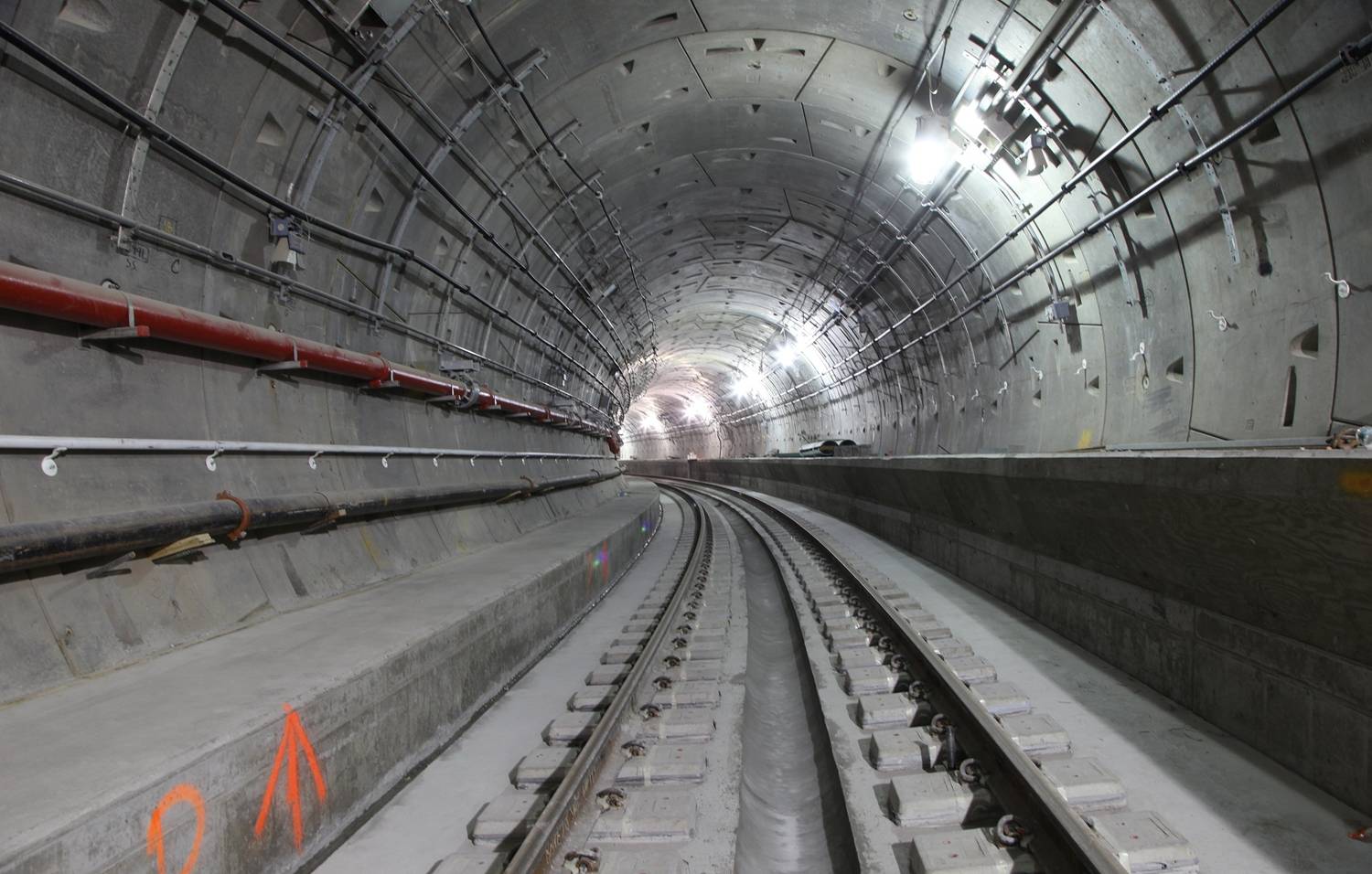
Denmark-headquartered engineer Cowi has been selected by Nishimatsu Construction to design the Tampines North to Defu Station section of Singapore’s new metro, the Cross Island Line.
The project will enlist one of the biggest tunnel boring machines (TBMs) ever used in Singapore, and will require careful planning because the tunnel passes under a military airport, public roads and bridges.
Cowi called it a “significant win” that builds on its delivery of the Deep Tunnel Sewer System, now nearing completion.
The company established an office in Singapore in 2018.
Expected to open in 2030, the 50km Cross Island Line (CRL) will be Singapore’s longest fully underground line, and is expected to carry some 600,000 commuters a day.
In collaboration with Nishimatsu Construction, Cowi has won a package of work including a 2.9km bored tunnel, 300m-long cut and cover tunnels, and a two-storey facility building with five basement levels to provide electrical and mechanical services.
A TBM with a 12.6-metre-diameter cutting head will be used to dig a single tunnel with two tracks at depths ranging from 50m to 12m below ground.
“As TBM technology improves, large diameter tunnels are becoming more common, and this project maintains our leading position in the large diameter market,” said Jotham Vizard, senior vice president of Cowi’s international transportation unit.
Apart from the large-diameter tunnel, the project presents other technical challenges, said Vince Goh, Cowi’s managing director in Singapore.
“Among others, the tunnel will go underneath a military airport with sensitive fibre-reinforced pipe, runway, taxiway, apron, airport structures which increase limitation in ground movement during both bored and mined tunnelling operation,” he said.
“Moreover, any TBM cutterhead intervention beneath the airbase will need to be pre-planned and in hyperbaric environment due to the depth. Multiple closely spaced adits for future underground infrastructure is also part of the challenge. The tunnel will also go under public roads and will under cross the Sungei Serangoon vehicular bridge and Kallang-Paya Lebar Expressway viaduct.”
Construction work is expected to start this June.










